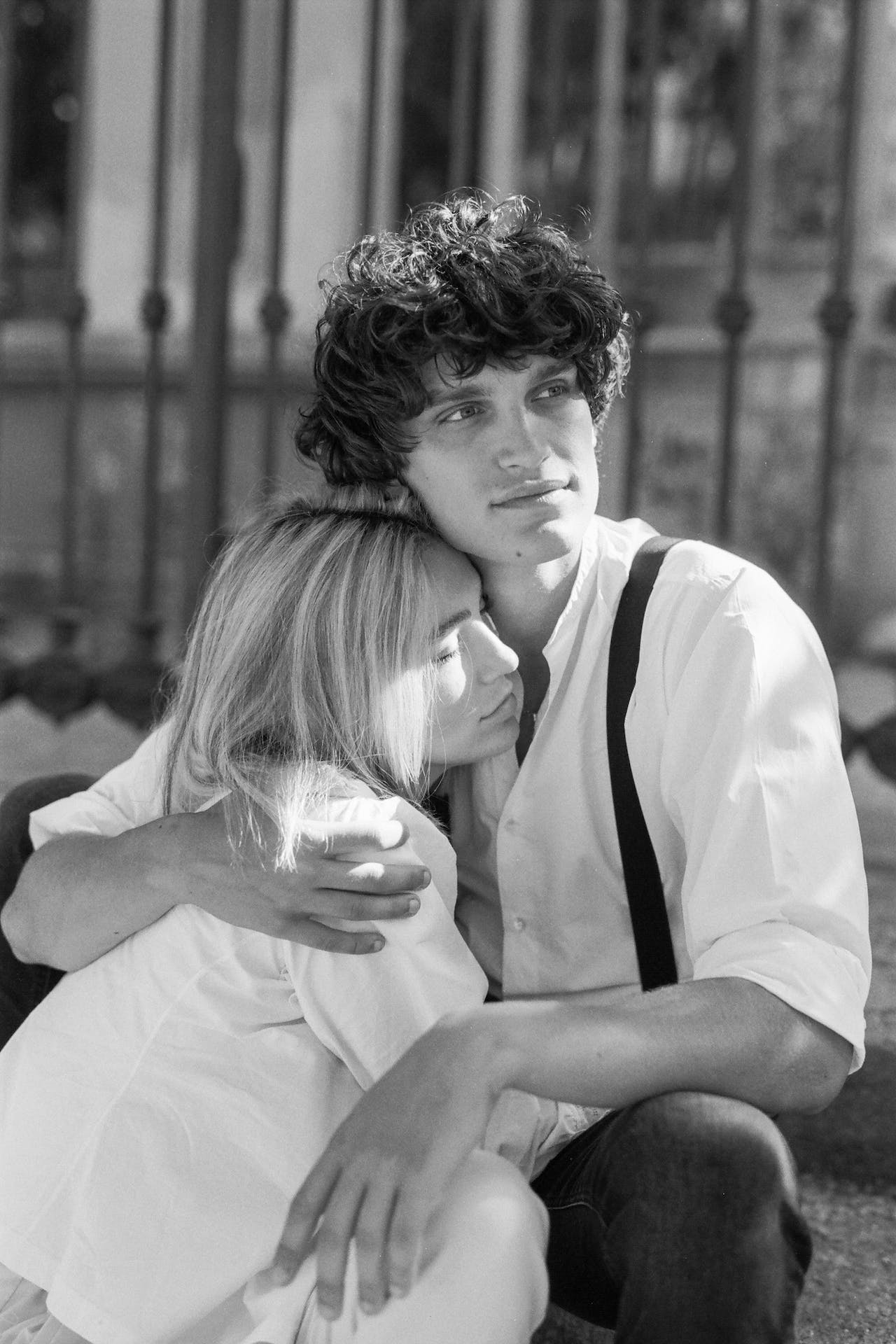
Do you feel like relationships are hard? Fueled with anxiety and uncertainty, you find yourself in situationships with emotionally unavailable or avoidant people, wondering how others just seem to make relationships “work”?
Or, you are in a beautiful and committed relationship, but you fear that at any moment this might all crumble, as it’s “too good to be true.” So you test the other person, sometimes to the extent that you sabotage the relationship and they leave.
Trusting is challenging. You have been hurt so much in the past that while you yearn and crave a relationship, when it finally arrives, obsessive thoughts cause you to doubt the other person’s love and intentions. A voice tells you this is also going to end in tears. So there’s a part of you that is guarded, or a part of you that feels you can’t really be yourself. Yes, that’s the deep-rooted fear of rejection or abandonment that you probably know so well.
If you are reading this and are single, the void probably feels unbearable. You have this incredible capacity to connect deeply and you prioritize love and relationships above all else. Not having someone to share your beautiful moments with feels excruciating. The loneliness is real and often you just feel like you don’t belong.
I just want to let you know that all of this is so normal. It’s so incredibly normal, especially if you have anxious attachment tendencies. And this brings me to the first step to overcoming anxious attachment.
How to overcome anxious attachment:
Step 1: Release shame and cultivate self-compassion
This is the first foundational step toward healing—releasing the shame around your emotions, your behaviors, and your deep yearning for connection and love.
I want you to fully internalize that growing up you didn’t get the love and the affection you needed. Maybe your caregivers were inconsistent and this created a deep-rooted fear of not getting your needs met.
When we are young, if we are rejected or abandoned, this practically means death. A child needs its caregivers to survive. So this primal response to perceived abandonment gets passed down in adulthood.
Now we are capable of taking care of ourselves, but since this attachment wound is still open, when it feels like someone is withdrawing or when someone is disappointed in us or criticizes us, this same wound gets activated. We get transported back to being a child, where abandonment meant certain death. And so the result of this is: yearning, clinging, obsessive thinking, intense anxiety. All the things we might feel with anxious attachment when it feels like someone is going to leave us.
So if you only take one thing from this article, let it be a permission slip to release the shame you are carrying and replace it with self-compassion. This might be the most important step on your healing journey, as healing any trauma or wound is not possible when shame is in the way. It literally acts as a “blocker” and impedes the healing process.
Step 2: Rewire your nervous system and get comfortable sitting in the void
The second step is about rewiring your nervous system and feeling comfortable sitting in the “void.” In the “in-between.” This is a place where we might feel like someone is mad at us, someone is going to leave us, or someone is not interested in us. And instead of reaching externally to get a response, to get our needs met (i.e. instead of insistently texting the other, which may push them away), we learn to sit with the discomfort. Instead of playing these scenarios in our minds and engaging in obsessive thinking patterns, we use tools to regulate.
When we have anxious attachment, we usually try to regulate our nervous system by regaining connection with the other. We outsource our power because our sense of regulation becomes dependent on someone else’s behavior. And that’s almost always a slippery slope.
So the question is: how can I come back to my center? How can I resource by myself (or turn to trusted family and friends)? How can I hang out in the “void” and be comfortable in it, while still providing a safe space for myself?
When our bodies are activated and our minds are a source of anxiety-producing thoughts, it’s not safe to be in our bodies. So again, we reach outside of ourselves for a sense of peace and calm. Or we turn to substances and unhealthy coping mechanisms to achieve a sense of balance.
So as you can see, creating this safe space within ourselves is key. Understanding that it’s safe to be in our bodies and trusting ourselves to navigate the storm is paramount in overcoming anxious attachment. When working 1-1 with my clients, I always give them effective somatic and cognitive tools to regulate the nervous system and come back to safety. One of my favorite tools is EFT (tapping). I’ve found it to be one of the quickest and most effective ways to discharge energy when our attachment systems are activated (and also an extremely potent tool to release and heal trauma).
Step 3: Create a strong sense of self
The third step is all about creating a strong sense of self. Answering questions like “Who am I?” “What do I need?” What do I desire?” “What are my values?”
Because with anxious attachment, as mentioned before, there is an extreme focus outward. We may engage in people-pleasing behaviors, not set healthy boundaries, and wait for external attention as a way to validate our sense of self. In essence, with this type of attachment wounding, our whole being is dependent on the quality of our relationships and how much attention or love we are receiving from them.
Don’t get me wrong, we are social creatures, and having supportive relationships is foundational for our well-being, but when this becomes the main ingredient for our sense of self, then this opens us up to risks, and our whole sense of inner stability is dependent again on externals.
So during this step, take the time to get intimate with yourself. To cultivate awareness. To really understand what it is you want from life and what makes you happy. This is also going to help you tremendously in dating and your relationships, so you can discern if the person is actually compatible with you. If they embody the things that you truly desire. It will also help you to set boundaries more easily because it’s incredibly hard to set a boundary when we don’t know if it has even been violated!
Step 4: Heal your rejection and abandonment wounds
Finally, an extremely important step towards secure attachment is healing our rejection and abandonment wounds. Especially for Elephant Journal readers, I have created a free shamanic inner child meditation to heal loneliness, abandonment, and rejection. You can find it here.
I highly recommend working with a trauma-informed practitioner or therapist on this, but if you want to start the process alone, a good starting point is to create consistency. Remember, anxious attachment is the result of inconsistent caregiving. So the more you can show your inner child that he/she can depend on you, on certain things, and even other people, this attachment wound will start to heal. Create a standard morning or evening routine. When you are triggered (or even daily for that matter), connect with your inner child and let him/her know that you are there. Invest in friendships with people who are consistent and show up for you.
Creating consistency in all areas of our lives will help calm the nervous system and help our brains find evidence that we can count on others, that they are able to show up for us, and that we can get our needs met in a consistent and loving way. Finding this evidence will help to rewire beliefs connected to our abandonment and rejection trauma and create healthier and more secure ways of relating.
Please let me know what stood out most for you, what you will be applying, and if you have any questions in the comment section below. I will personally get back to you!
~
Please consider Boosting our authors’ articles in their first week to help them win Elephant’s Ecosystem so they can get paid and write more.








Read 16 comments and reply